Learn to ensure a high level of worker productivity, as well as attract and retain skilled work crews, and provide a safe and comfortable job site housing.
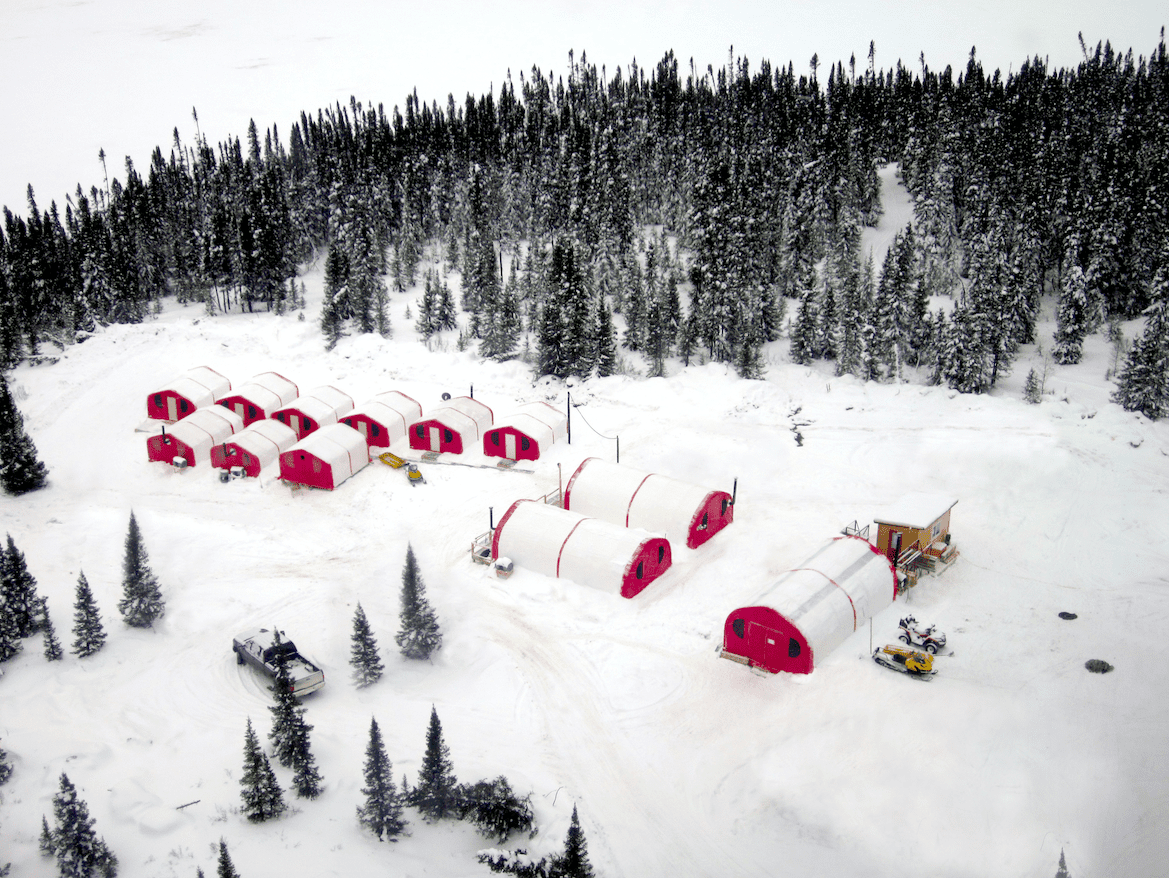

Learn to ensure a high level of worker productivity, as well as attract and retain skilled work crews, and provide a safe and comfortable job site housing.
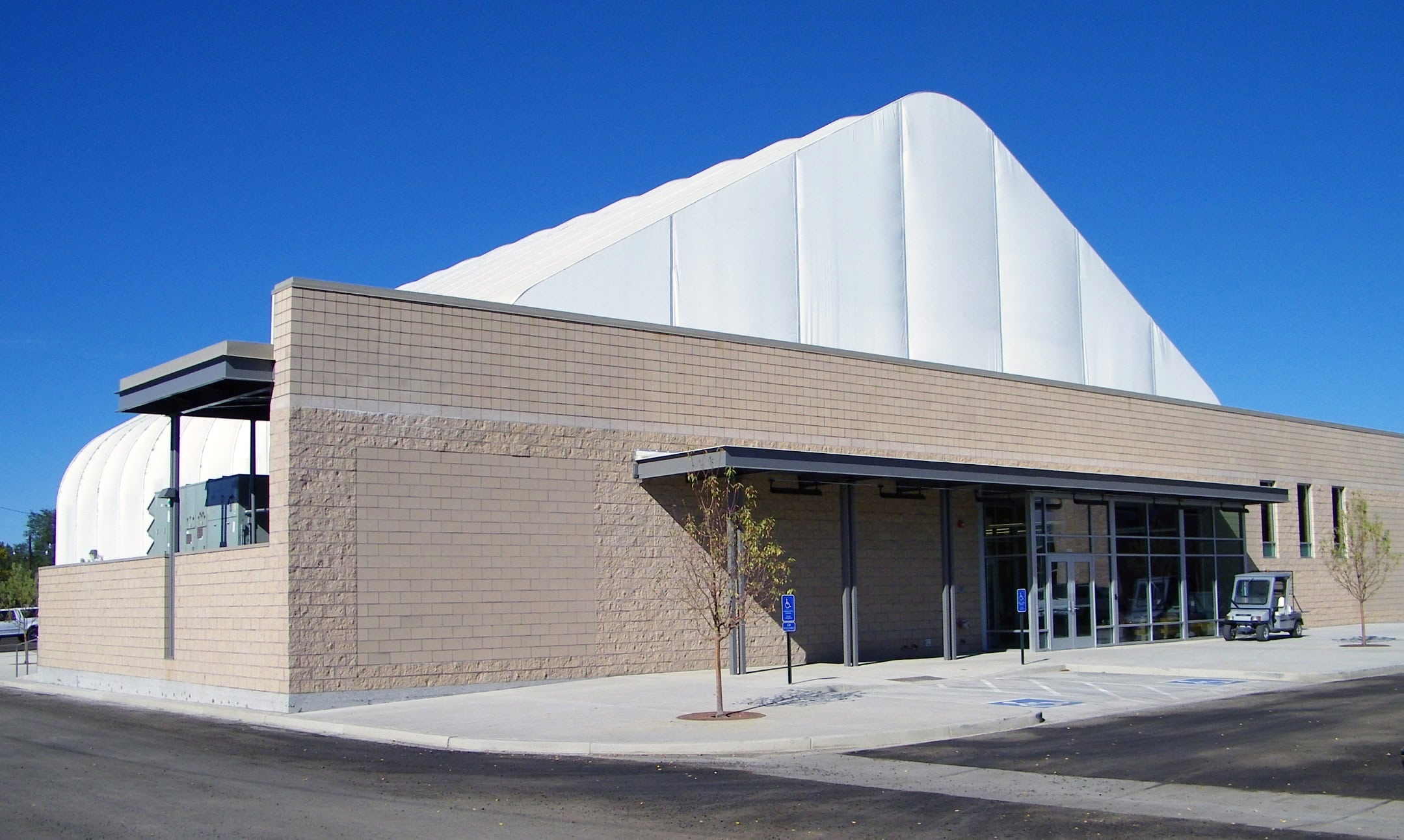
Speed up gigafactory construction with Alaska Structures’ durable, pre-engineered fabric buildings, designed for efficiency and flexibility.
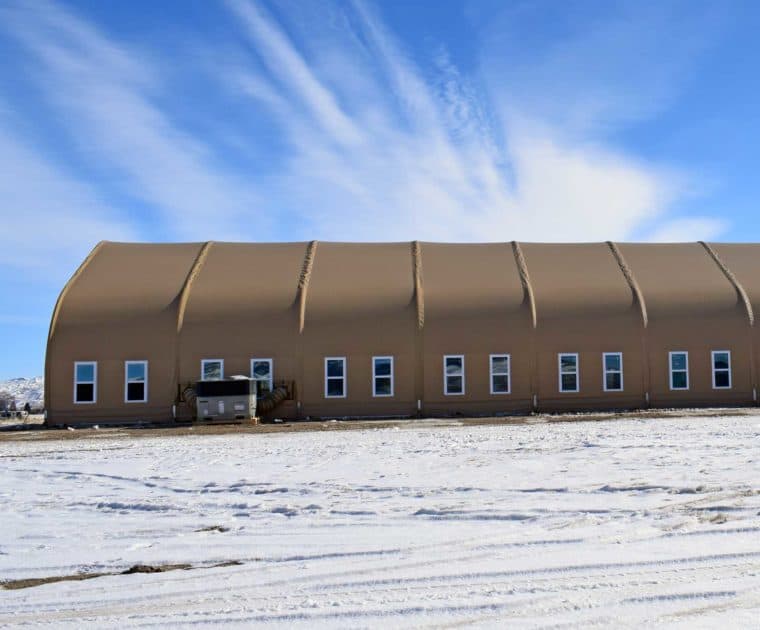
Fabric buildings are a solution for First Nations and tribal organizations to preserve their cultural heritage while embracing modern infrastructure.
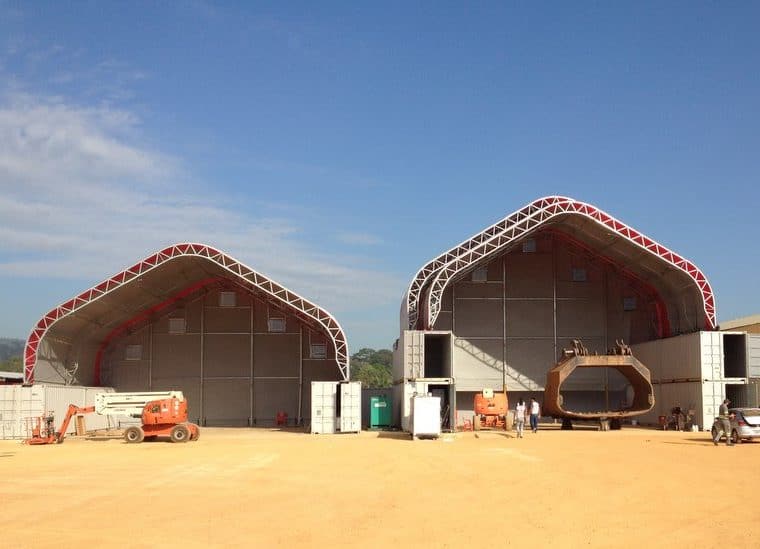
Shade structures from Alaska Structures offer shelter and shade, keeping construction projects moving and on schedule, even in record heat.
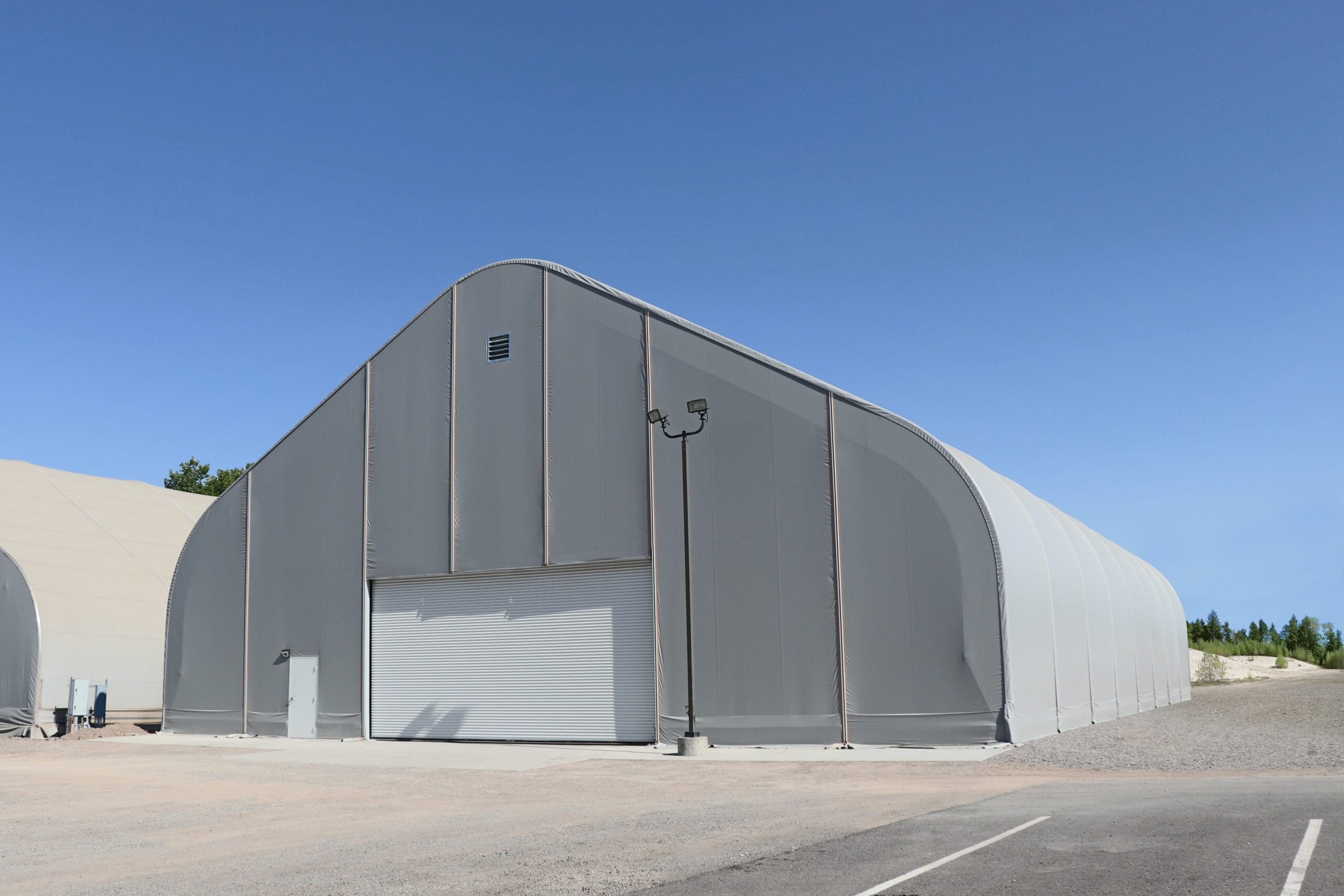
Without these requirements, mission critical facilities risk failing to carry out the operations that make them critical in the first place.
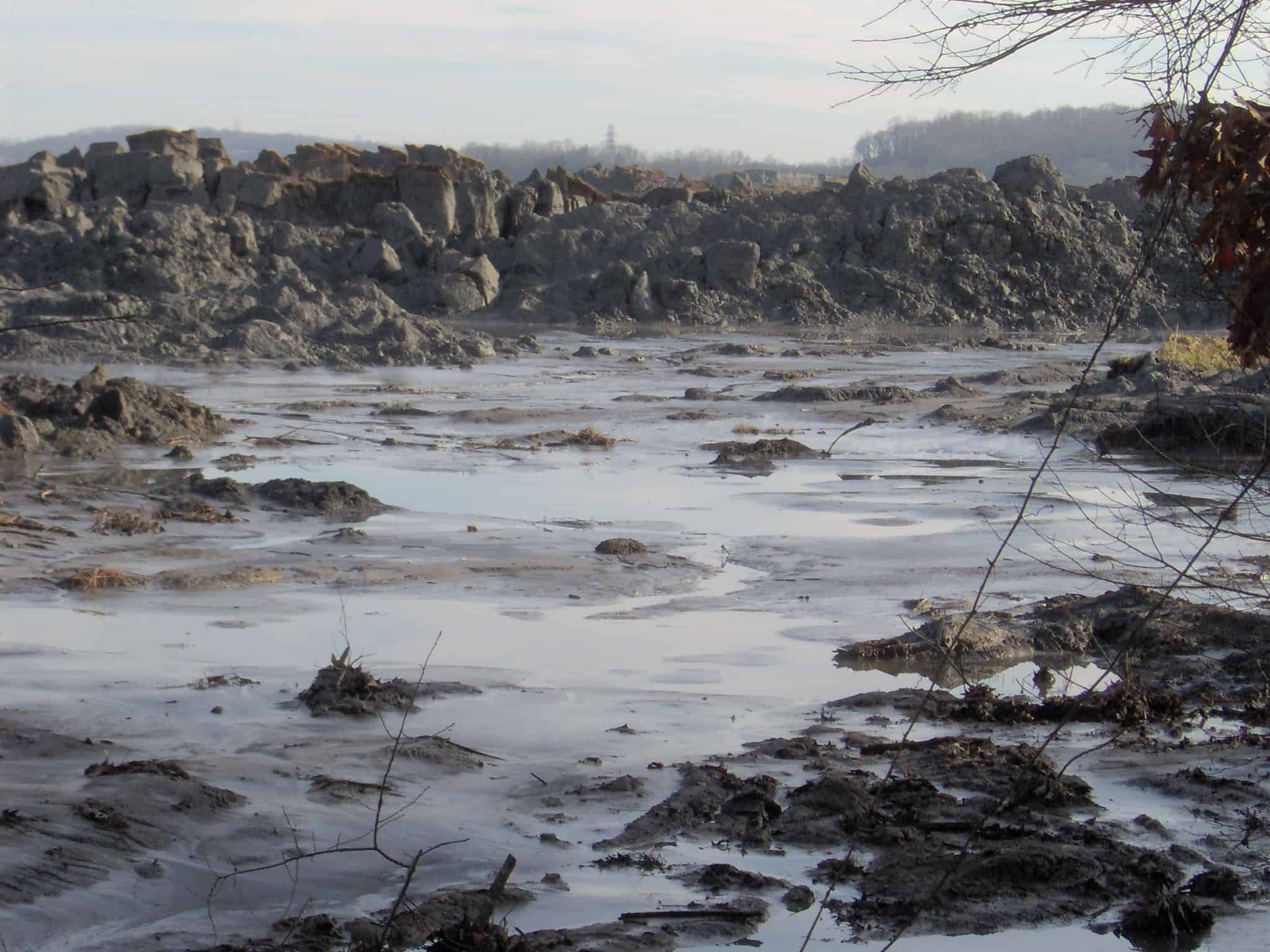
Coal ash clean closure is essential to avoid further groundwater contamination and protect nearby communities, wildlife, and the environment.
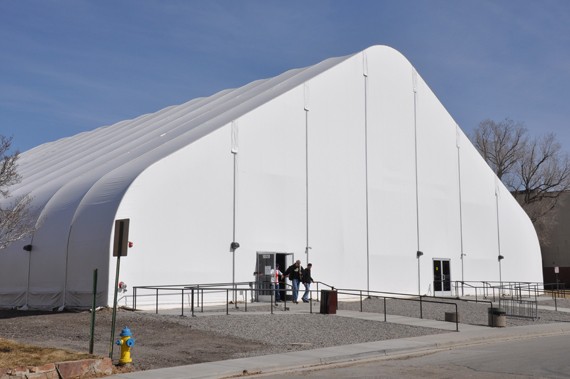
Important considerations before buying a tension fabric building. Try this guide of considerations for industrial and commercial uses of fabric structures.
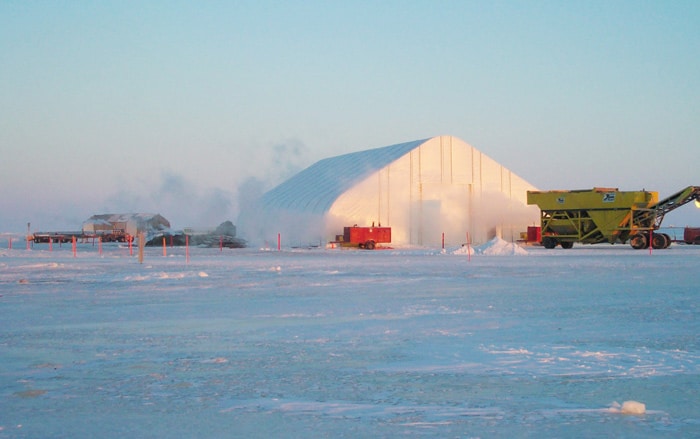
Fabric buildings are a great solution for cities that need to find a place to create cooling and warming centers.

Alaska Structures is implementing a strategic renaming and restructuring program that reflects our continued growth and expanded product offerings.

In this week’s episode of WeatherPort Adventures, Kaleigh visits the Falmouth Outdoor Learning Project in Cape Cod, Massachusetts.

In this episode of WeatherPort Adventures, Kaleigh travels to a remote mining camp outside Fairbanks to meet longtime customer Mike Smith.
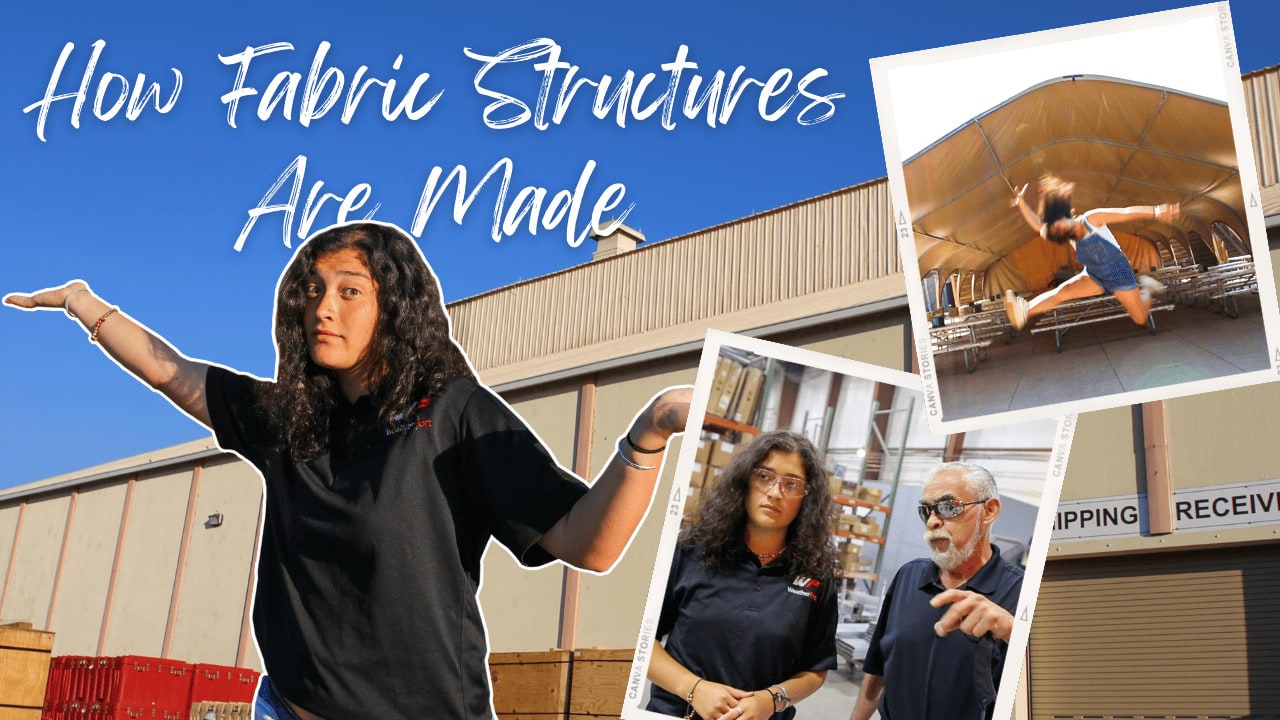
In this episode, Kaleigh takes you where the WeatherPort magic happens in Delta, Colorado before checking out an amusement park.
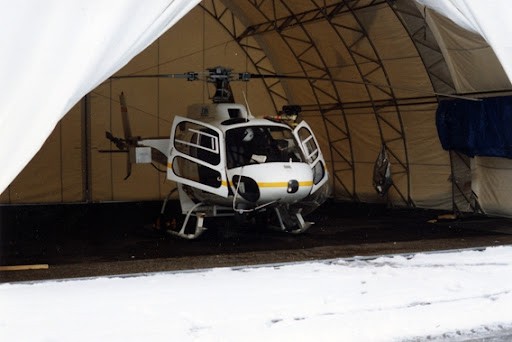
Alaska Structures® custom designs, engineers, and manufactures the world’s most widely used fabric buildings.